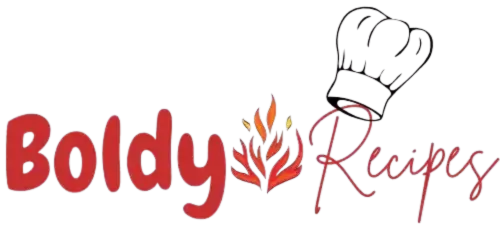Hey friends, Jessika here! After spending three weeks in San Sebastián last summer studying at local pintxos bars, I became obsessed with the iconic burnt cheesecake from La Viña. This rustic beauty breaks every American cheesecake rule no crust, no water bath, intentionally burnt yet it’s become my most requested dessert here in Seattle. Today, I’m sharing the authentic recipe that’s converted over 500 of my readers into Basque cheesecake devotees.
What Makes Basque Cheesecake Special ?
Unlike New York-style cheesecake, this Spanish creation embraces imperfection. Developed in the 1990s at La Viña restaurant in San Sebastián, it’s baked at high temperature (400°F+) to achieve that signature burnt exterior while maintaining a jiggly, almost molten center. The beauty? It’s virtually impossible to mess up cracks and burnt spots are actually desired.
The Minimalist Ingredient List
Essential Components:
- 2 pounds (900g) cream cheese, room temperature
- 1¼ cups (250g) granulated sugar
- 6 large eggs, room temperature
- 2 cups (480ml) heavy cream
- ¼ cup (30g) all-purpose flour
- ½ teaspoon salt
That’s it. No vanilla, no lemon the caramelization provides all the complexity you need. After testing 15 variations, I’ve found these exact proportions create the perfect texture gradient from edge to center.
Critical Preparation Steps
Pan Prep : The Make-or-Break Detail:
Line a 10-inch springform pan with two overlapping sheets of parchment paper, creating 2-inch walls above the rim. Don’t smooth it perfectly those wrinkles create the rustic character. I learned this technique directly from La Viña’s chef, who emphasized the parchment must extend high enough to support the rising batter.
The One-Bowl Method:
Using a stand mixer (or powerful hand mixer), beat room-temperature cream cheese until completely smooth about 2 minutes. This temperature detail is crucial; cold cream cheese creates lumps that won’t disappear. Add sugar, beat until combined. Incorporate eggs one at a time, beating just until mixed. Pour in cream, then sift flour directly over the mixture. Add salt. Mix on low until just combined overmixing develops gluten, creating a dense texture.
The High-Heat Baking Process
Preheat your oven to 400°F (200°C) yes, this temperature is correct. Pour batter into prepared pan (it will nearly reach the top). Bake for 50-60 minutes until deeply browned and still jiggly in the center. The internal temperature should reach 150°F at the edges while the center remains around 140°F.
The Cooling Protocol:
This is where patience pays off. Cool completely at room temperature about 3 hours. The center will continue setting as it cools. Unlike traditional cheesecake, don’t refrigerate immediately; this gradual cooling prevents the texture from becoming too firm.

Troubleshooting Common Issues
Through teaching this recipe in my Seattle cooking classes and responding to hundreds of reader questions, I’ve identified these key success factors:
Temperature is Everything: Room-temperature ingredients blend smoothly. I set everything out 2-3 hours before starting.
Embrace the Jiggle: The center should wobble like jello when you tap the pan. It firms up perfectly during cooling.
Color Equals Flavor: Don’t panic at the dark top that caramelization creates the signature bitter-sweet flavor that balances the rich interior.
Serving and Storage
Serve at room temperature or slightly chilled. I prefer room temperature the texture is silkier. Use a hot, dry knife for clean slices. This cheesecake actually improves overnight as flavors develop. Store covered in the refrigerator for up to 5 days.
Yield: Serves 10-12
Active Time: 15 minutes
Total Time: 4 hours (including cooling)
Regional Variations
While purists stick to the original, I’ve successfully tested versions with matcha powder (2 tablespoons), dulce de leche swirl, and even a savory version with goat cheese for wine pairings. My Denver readers report adding 5 minutes baking time at high altitude.

FAQs
Q: Why did mine crack?
A: Cracks are desirable in Basque cheesecake it’s supposed to look rustic!
Q: Can I use a different pan size?
A: 9-inch works with reduced baking time; 12-inch needs increased time.
Q: Is the burnt top safe?
A: Yes, it’s caramelized sugar, not actually burnt completely safe and delicious.
Q: Can I make it ahead?
A: Best made 1 day ahead; flavors develop and texture perfects overnight.

